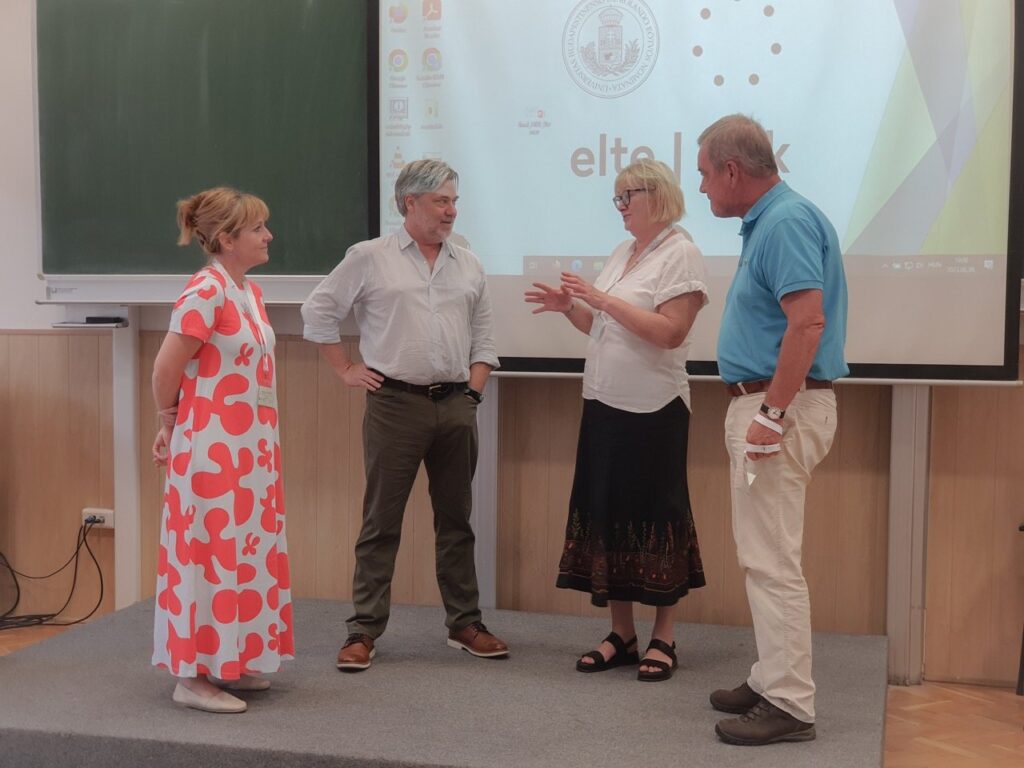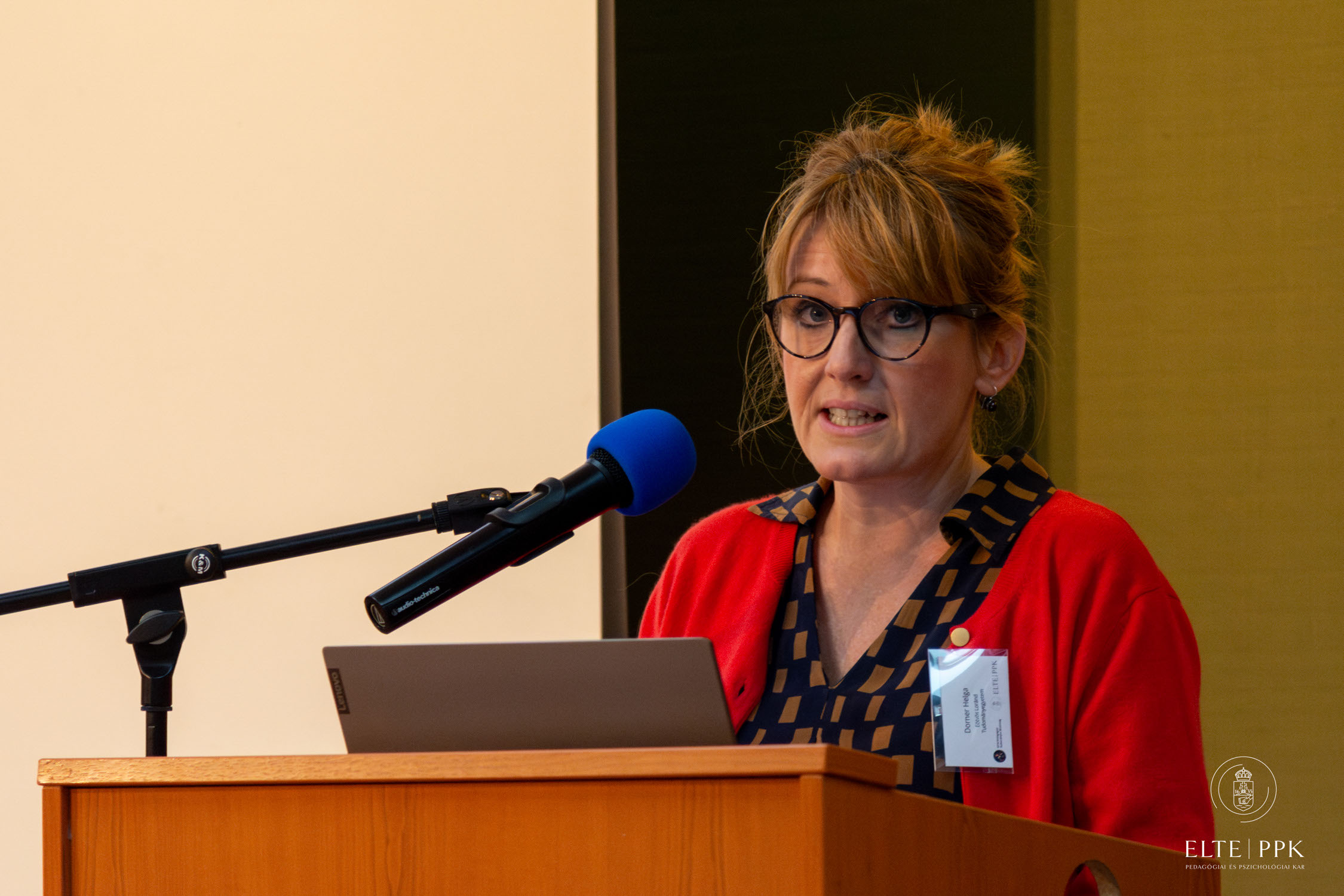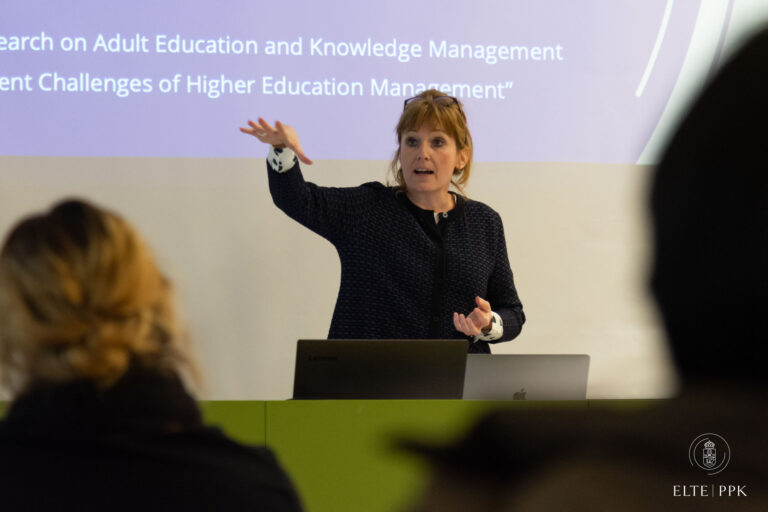Now that the new year has started, taking stock of the past year proved to be particularly useful. Consequently, I realized that 2023 was marked by keynote talks for me. I received four invitations, three of which were for international conferences and symposia.
Speaking to diverse audiences with complex synergies of interests and backgrounds was both the most challenging and intriguing aspect of these engagements. Engaging with researchers and professors in medical education at the International Conference on Educational Development, addressing trends and challenges in medical and health sciences education, was a unique challenge. Similarly, interacting with researchers and practitioners in teacher education at the annual conference of the Association for Teacher Education in Europe presented a different set of complexities. Additionally, engaging with the multidisciplinary community of professors at the in-house teaching and learning conference of the ELTE Eötvös Loránd University, and participating in discussions with educational researchers at the symposium of the Pädagogische Hochschule Zürich, broadened my perspective. In each case, my goal was to contribute meaningfully to conversations about teaching and learning.
I felt honored by these invitations, considering it a privilege to share my insights on issues relevant to my research and practice. However, I also recognized the need to develop a strategy or a set of strategies. It became evident that while my research abilities and expertise on a particular topic were necessary, they were not sufficient to deliver a truly impactful keynote.
Keynote speaking, I realized, is an art that demands a delicate balance between meeting the diverse needs of the audience and the speaker’s ability to synthesize extensive research on a particular topic. Despite the daunting challenges, the rewards for both the audience and the speaker are immense. By successfully navigating these challenges, a keynote speaker not only contributes to the discourse but also grows personally and professionally. The journey of refining the art of keynote speaking is a continuous process, one that I look forward to with enthusiasm in the coming year. Here are some issues to be considered.
Diverse Audience Backgrounds:
Keynote speakers often face the challenge of addressing a diverse audience with varying levels of knowledge and expertise in the subject matter. Striking a balance between engaging beginners and keeping experts interested can be a tightrope walk.
Limited Attention Spans:
Attention spans are shorter than ever. Keeping the audience engaged throughout the keynote requires not only compelling content but also dynamic delivery techniques.
Cultural Sensitivity:
Presenting to a global audience brings the challenge of understanding and respecting diverse cultural nuances. A message that resonates positively in one culture might be misunderstood in another.
Technological Distractions:
The prevalence of smartphones and other devices can distract the audience. Ensuring that the keynote captures and maintains their attention amidst digital temptations is a modern-day challenge.
Establishing Credibility:
In-depth research on a specific topic helps the speaker establish credibility among the audience. A well-researched keynote not only demonstrates expertise but also builds trust with the listeners.
Personal Growth:
The process of synthesizing research allows speakers to delve deep into their subject matter, fostering personal growth and expanding their knowledge base. This not only benefits the keynote but enhances the speaker’s overall professional development.
Building a Strong Narrative:
A thoroughly researched keynote provides the speaker with the material needed to construct a compelling narrative. Storytelling is a powerful tool for engagement and retention, ensuring that the audience remains captivated from start to finish.
Adaptability:
The more a speaker knows about their topic, the better equipped they are to adapt to unexpected questions or changes in the flow of the presentation. A solid foundation of research empowers the speaker to handle any curveballs thrown their way.




